State_Nonstate (Hypnose)
October 16th, 2020 - January 31st, 2021
Musée d’arts de Nantes, Nantes, France
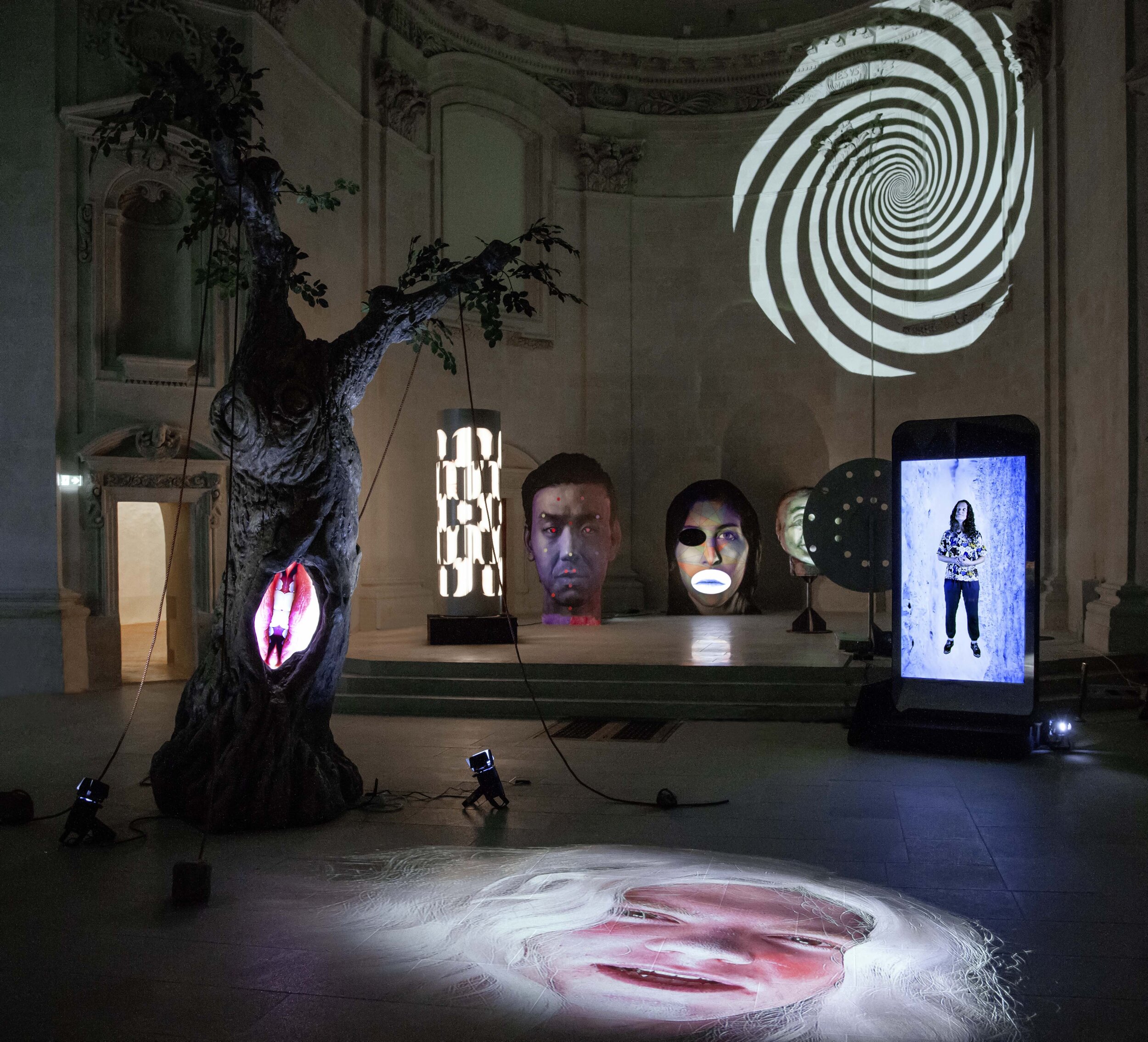
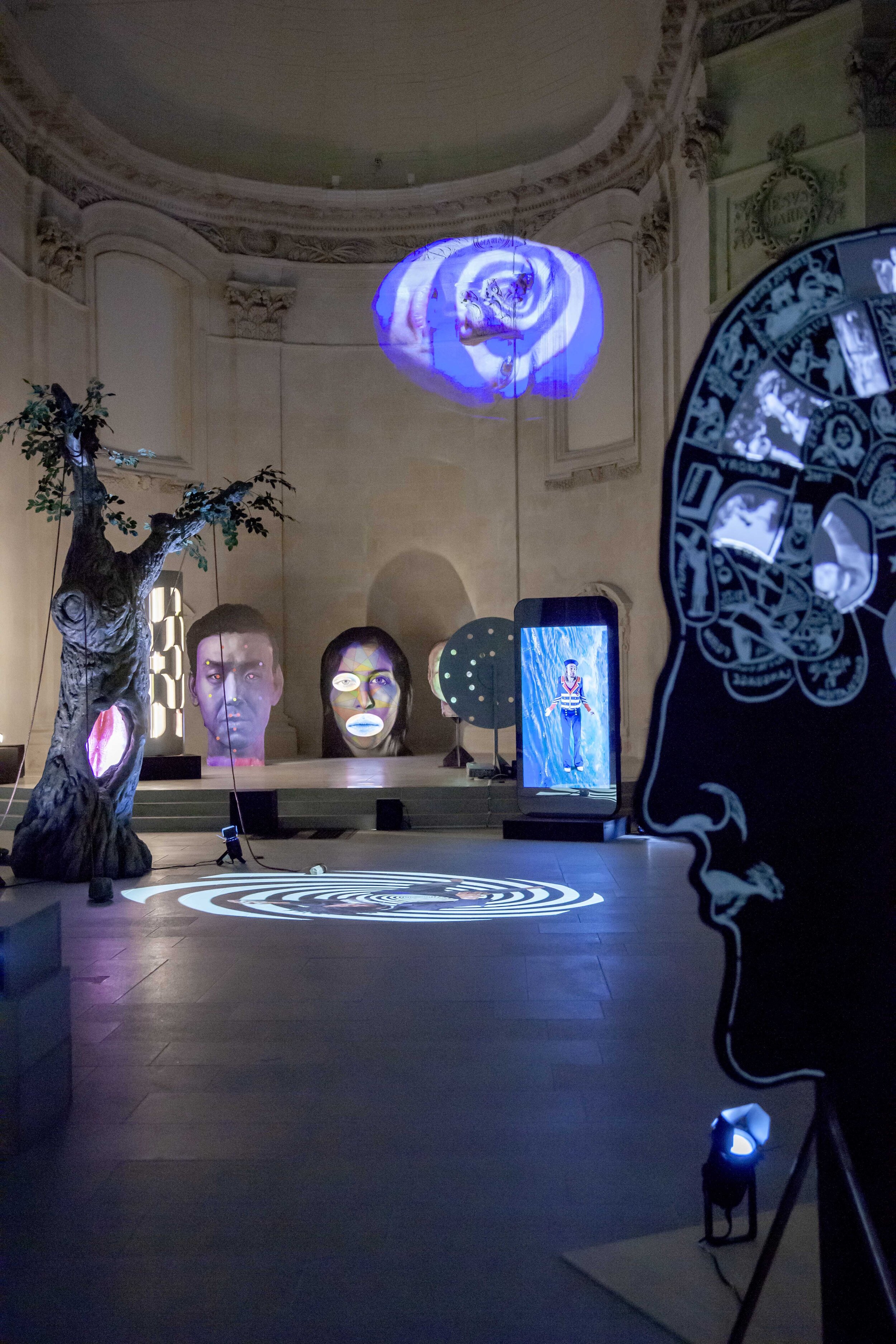
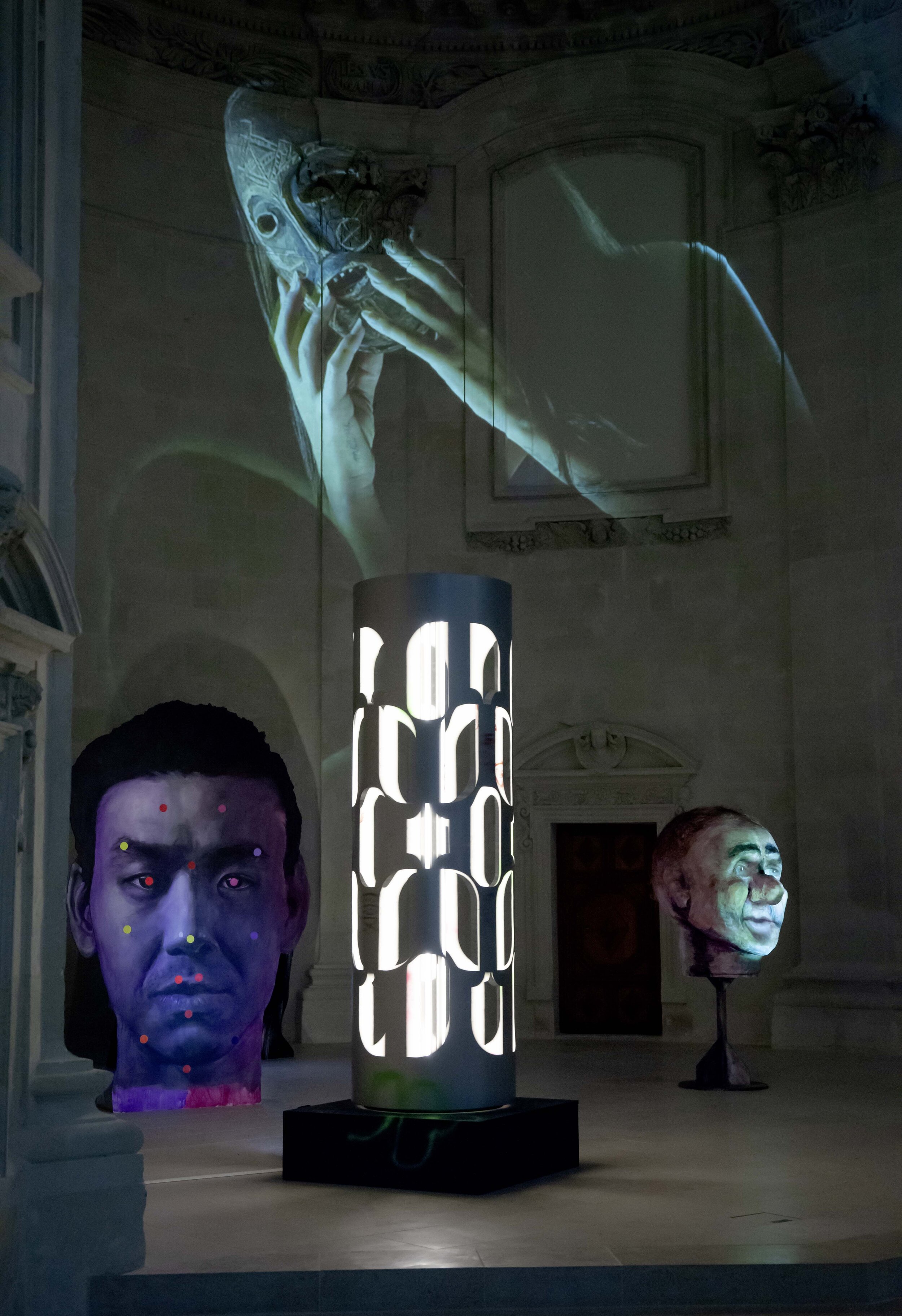
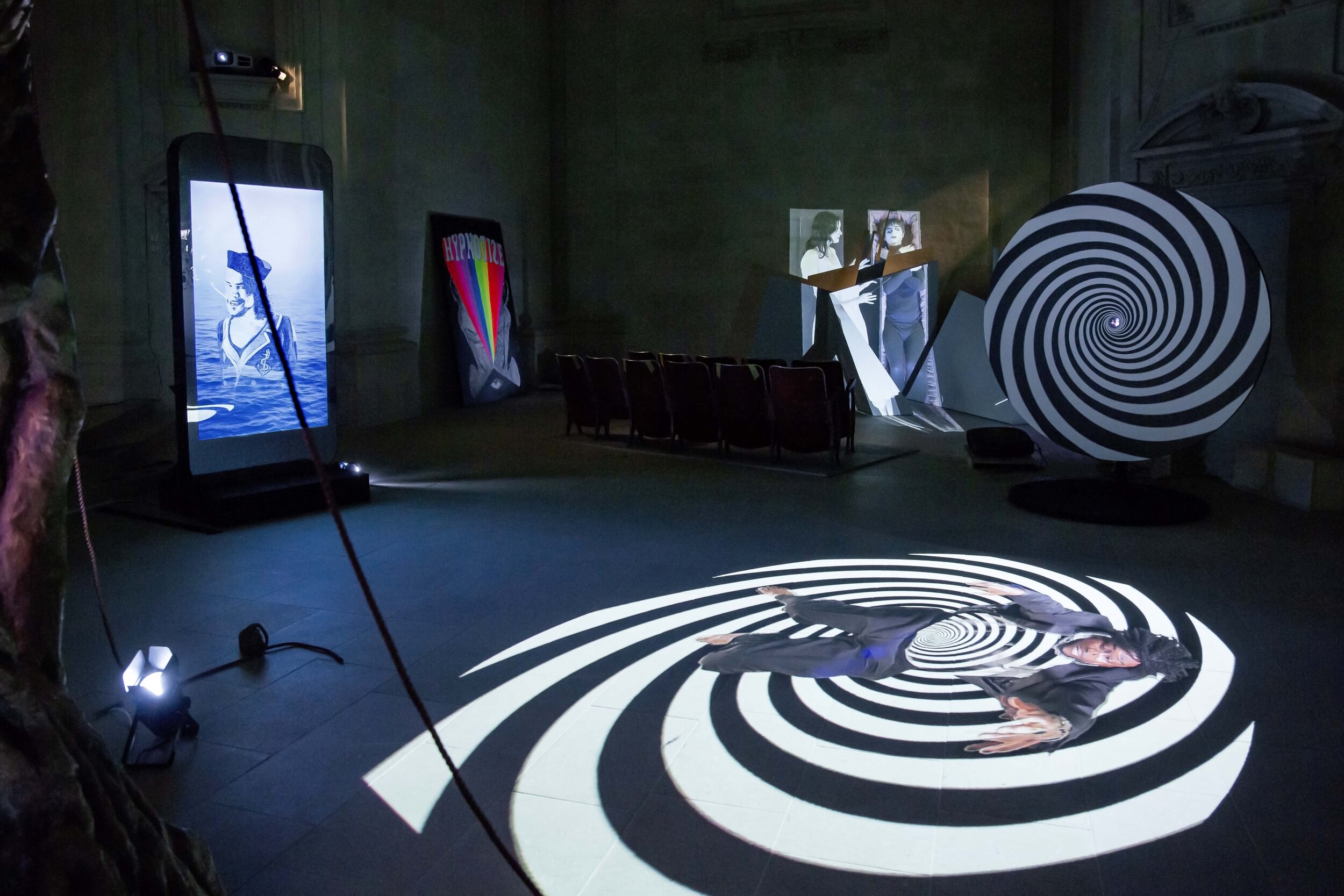
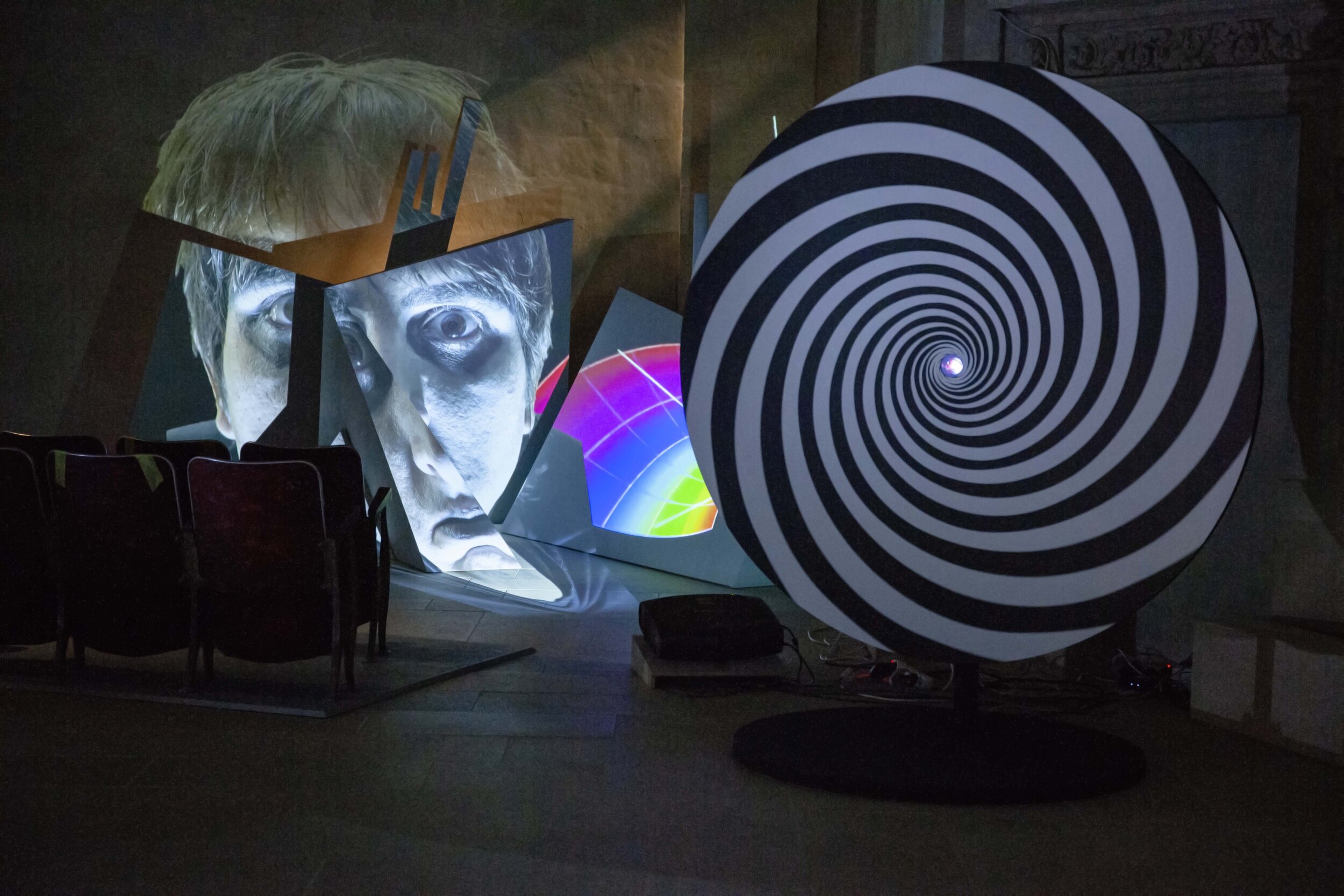
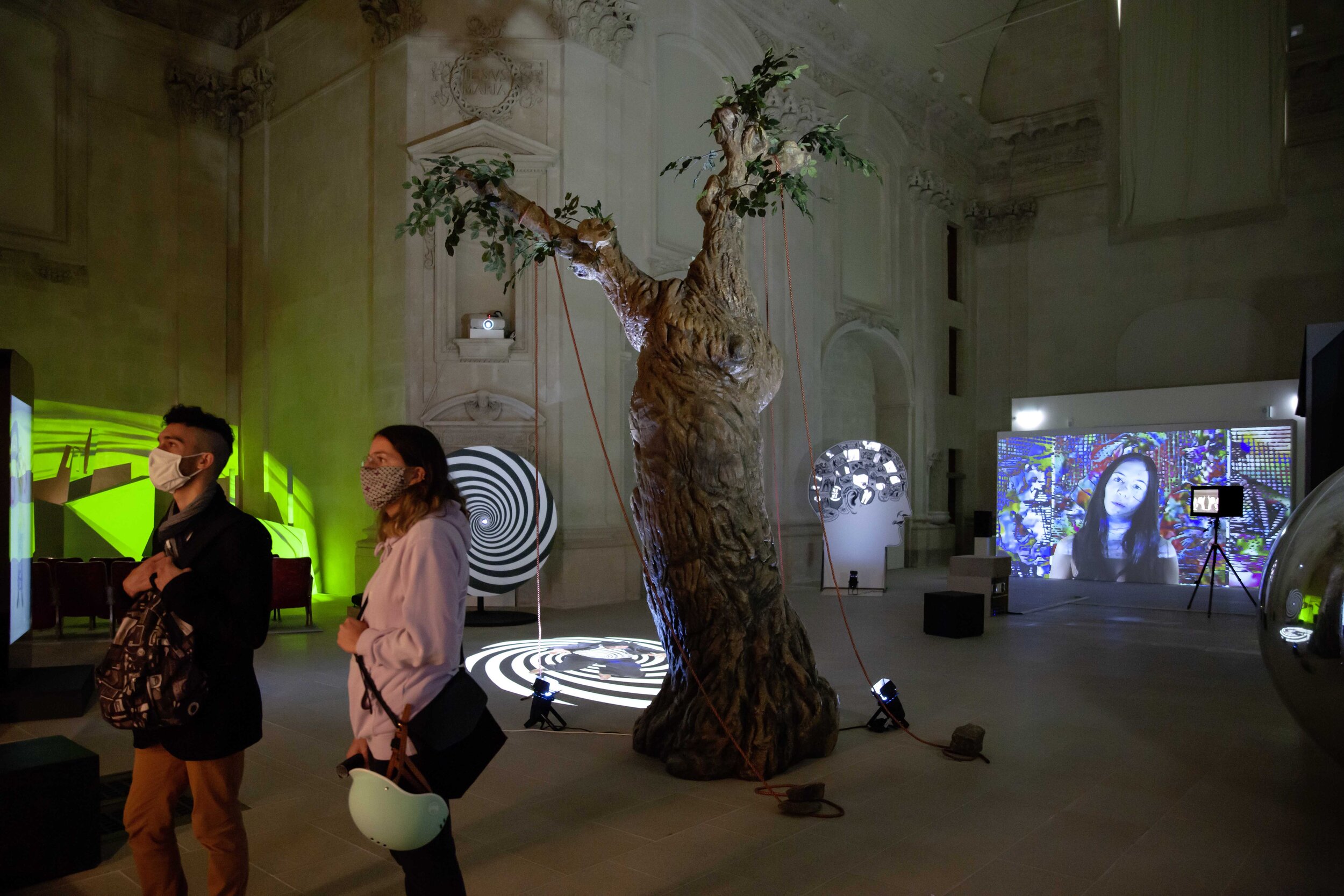
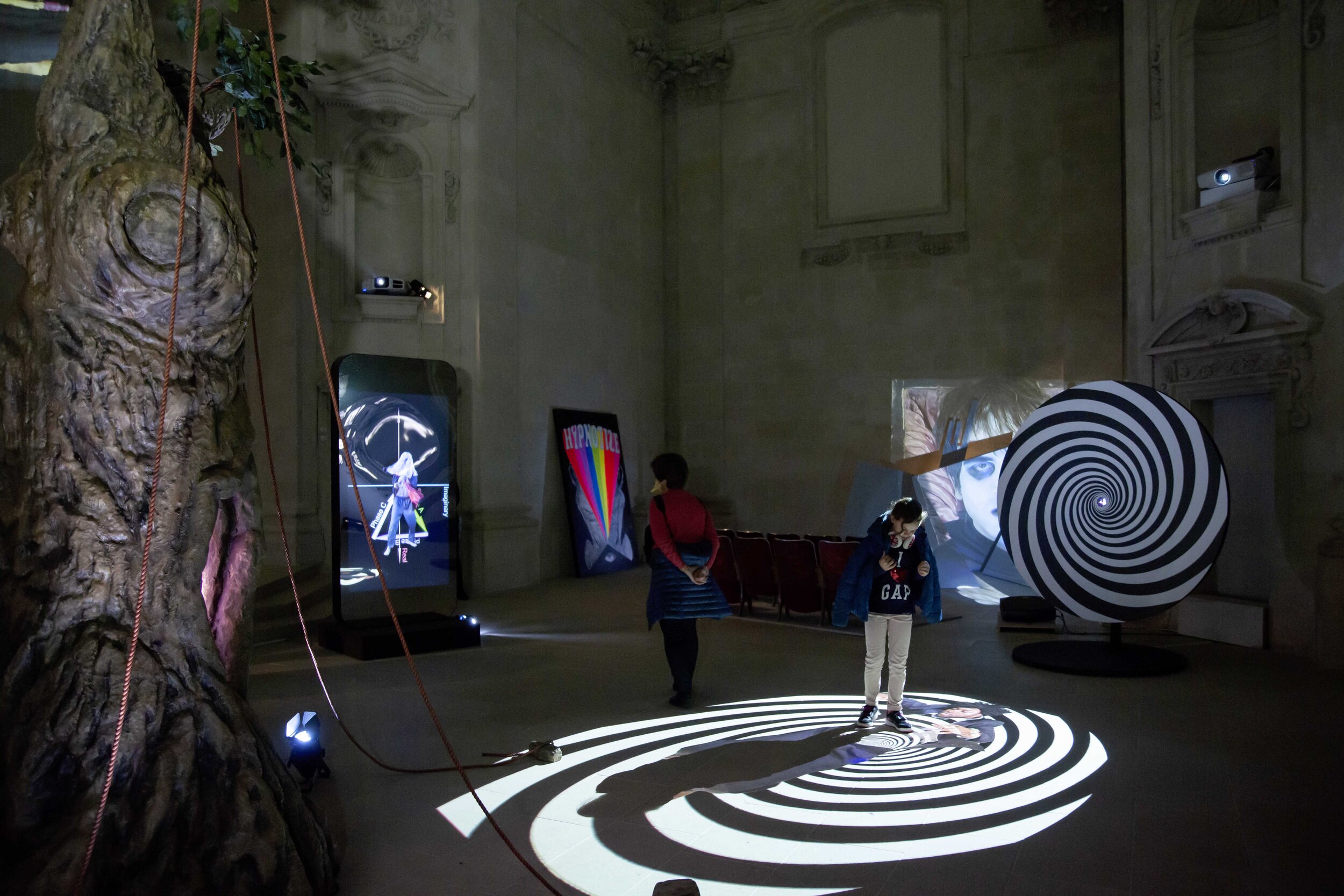
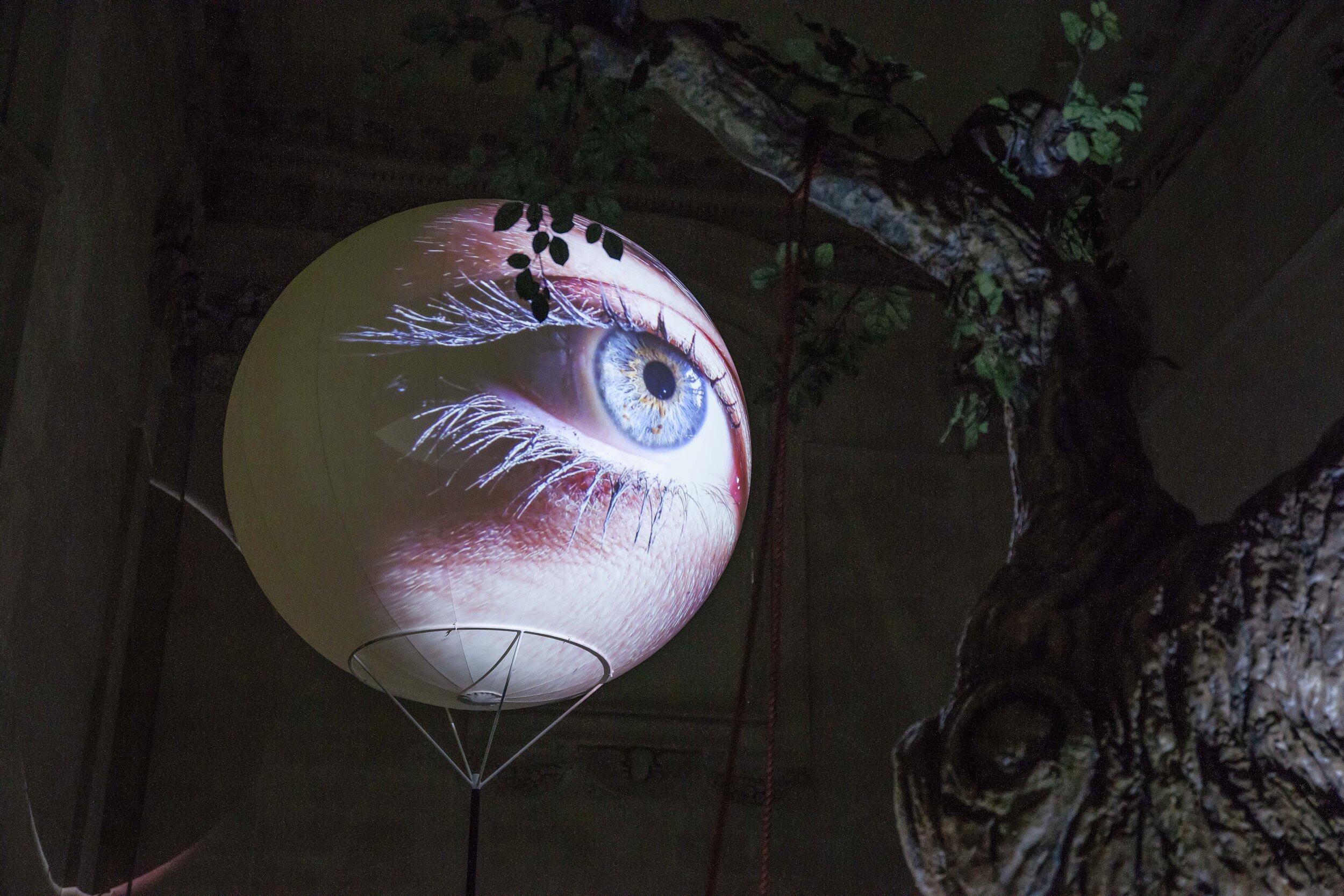
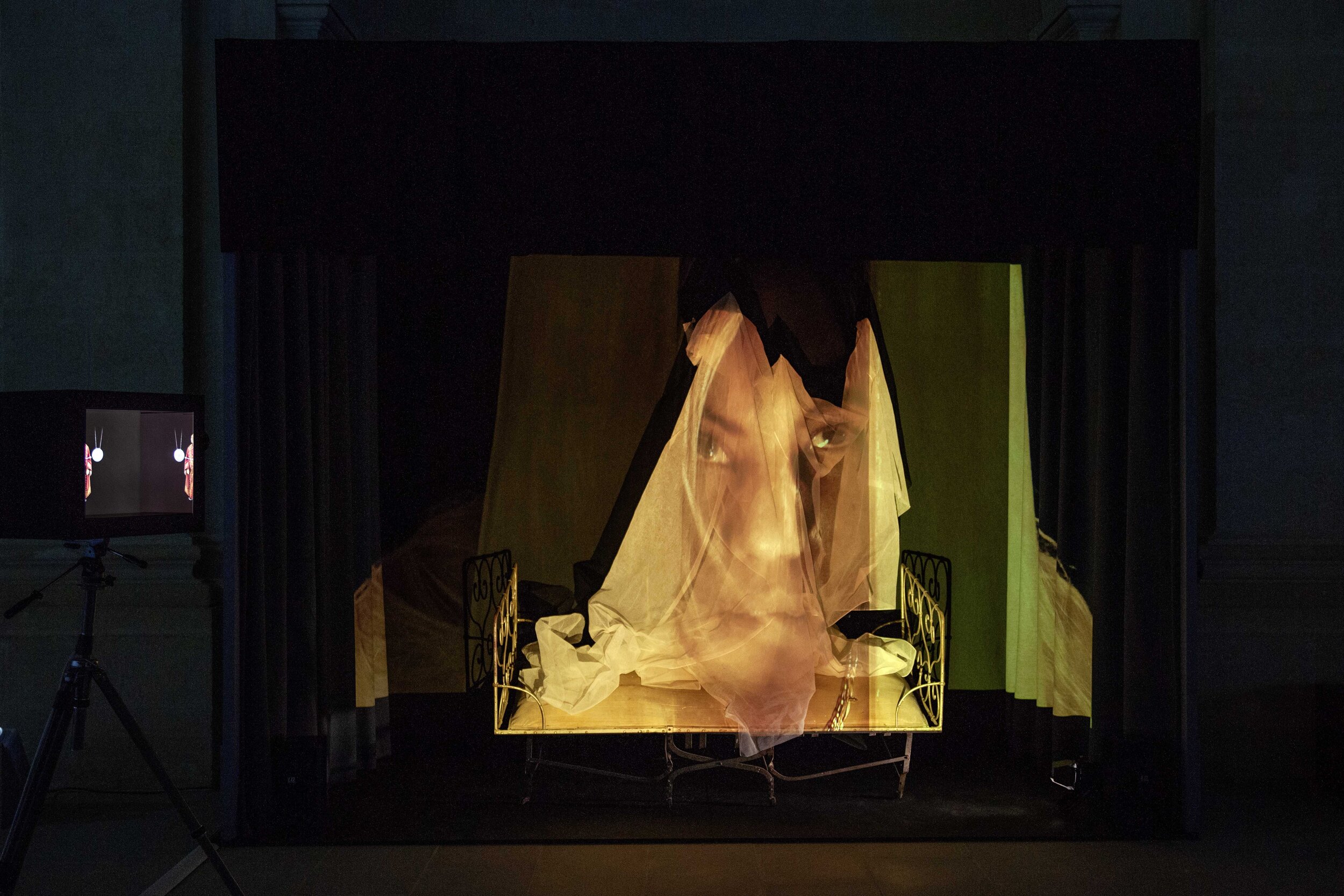
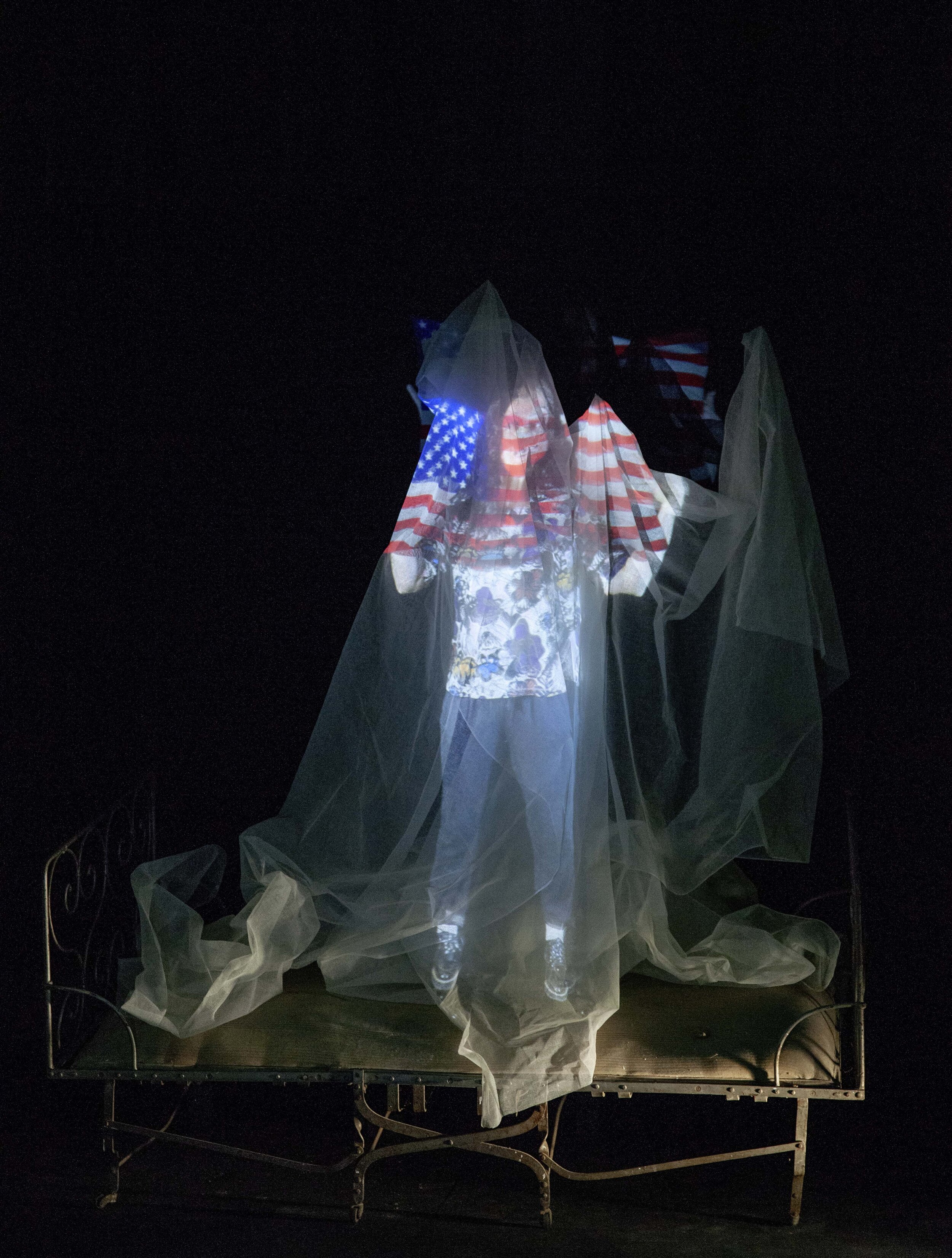
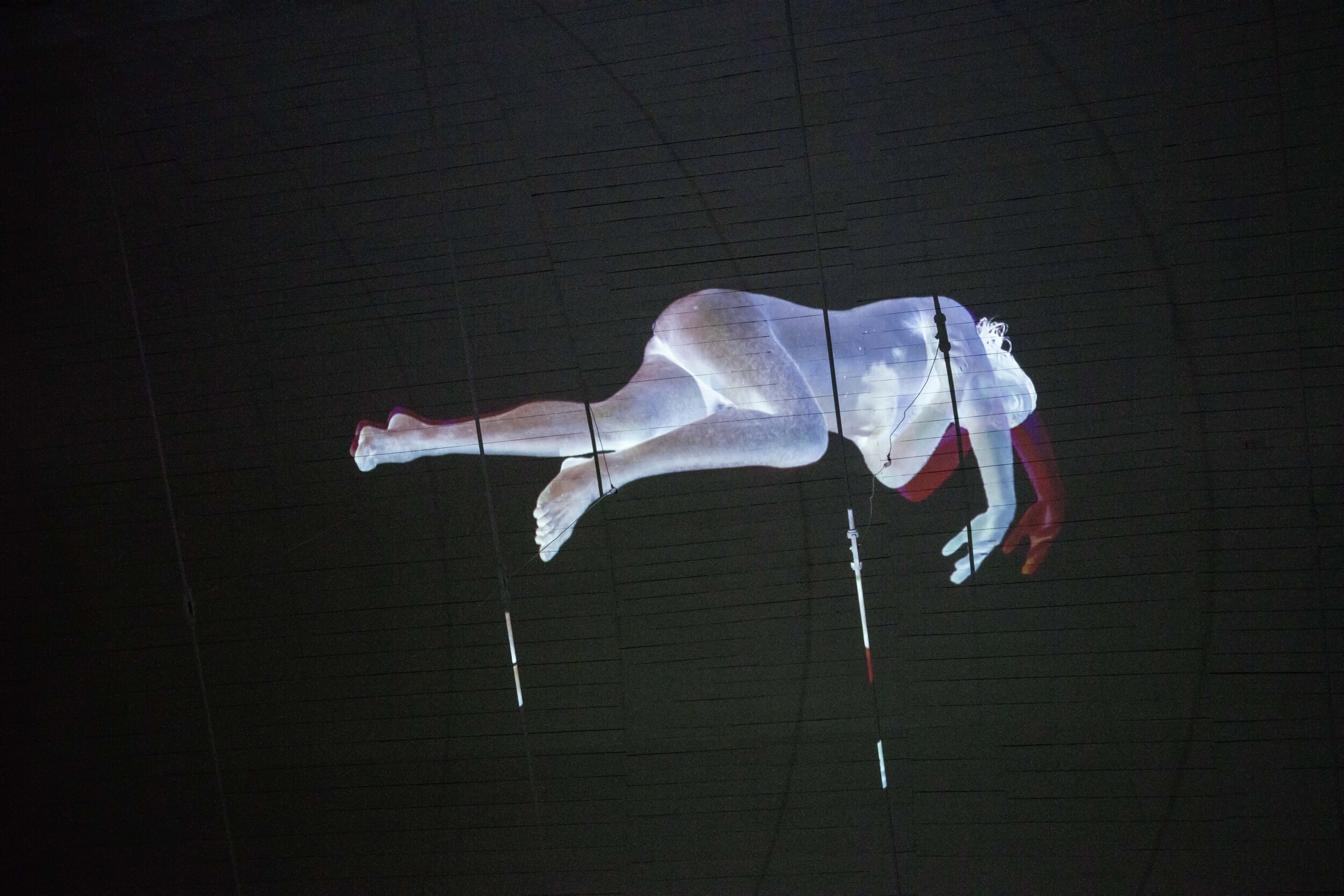
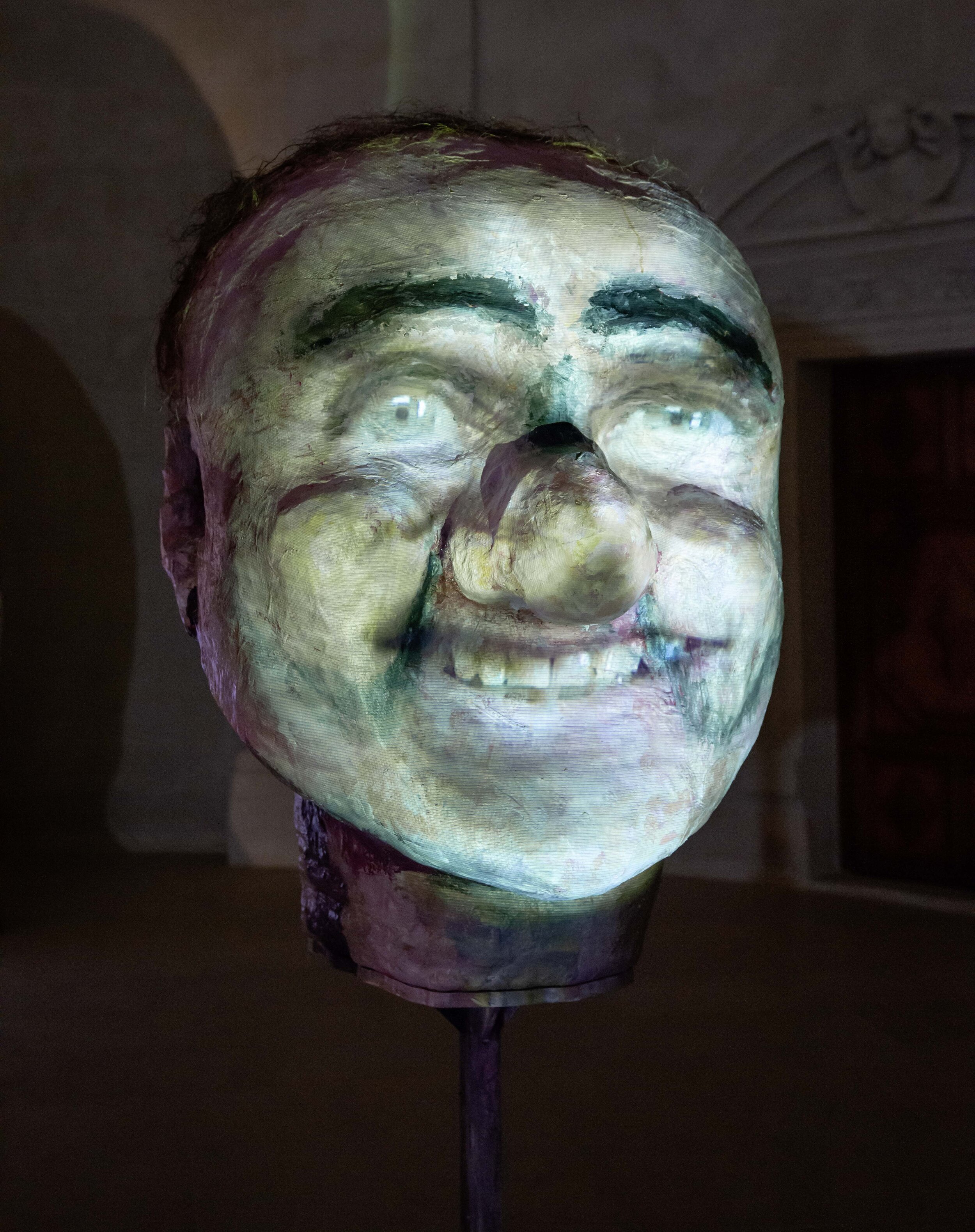

For the first time ever, the Hypnose exhibition explores a cultural history of hypnotism from Mesmer to the present day, together with the close links that artistic practices have had with the history of hypnotism from the late 18th century to the present day.
Located at the junction of art history, science history and popular culture, the exhibition covers the whole field of visual and living arts: from painting to sculpture, cinema and performance. It is divided into two parts and two spaces: in the Cube, a historical and artistic journey retraces the evolution of hypnotism and the links between hypnosis and art, from the end of the 18th century to the present day. The Chapelle de l'Oratoire hosts an immersive installation by the American artist Tony Oursler, designed specifically for the exhibition, as an experiential echo to the Cube's journey.
Hypnosis puts people under, hypnosis scares them, hypnosis amuses them. Hypnosis is not often used in museums, probably for these three reasons combined. Yet hypnosis is omnipresent, deliberately or unconsciously, in the field of creation. From Gustave Courbet to Auguste Rodin, from Salvador Dalí to Fritz Lang.
Hypnosis is today experiencing a clear revival of interest in scientific culture and the popular imagination. Yet little attention is paid to the role it has played in art.
For the first time ever, the Hypnose exhibition explores a cultural history of hypnotism from Mesmer to the present day, and the close links that artistic practices have had with hypnosis.
Hypnose covers the entire field of visual and performing arts: from painting to sculpture, from cinema to performance, exploring the interest of visual artists, musicians and dancers in the ways in which emotion is conveyed in a modified state of consciousness.
The exhibition is divided into two parts:
a historical and artistic itinerary in the Cube.
in echo to which, in the Chapelle de l’Oratoire, the artist Tony Oursler presents an immersive installation.
The historical itinerary – Cube -1
Following a chronological path, opening at the end of the 18th century and concluding with contemporary creation, the exhibition revisits four centuries during which the theories and practices of hypnosis were gradually adopted by artists.
The exhibition is divided into eight sections, each of which highlights a wide variety of objects and media (paintings, engravings, photographs, videos and more), punctuated by film screenings (e.g. Docteur Mabuse le joueur de Fritz Lang, Anemic Cinema de Marcel Duchamp). Visitors can discover Franz Mesmer's real Baquet with its therapeutic virtues, both praised and criticised, representations of the Salpêtrière's experiments, creations by Gustave Courbet, Auguste Rodin, Salvador Dali, William Wegman, Alain Séchas, Larry Miller and more.
Tony Oursler's immersive installation – Chapelle
A multimedia installation by the American artist Tony Oursler, specially designed for this exhibition, has been installed in the Chapelle de l’Oratoire. Video sketches, close to the spirit of early cinema, animate a decor populated with multiple objects, sculptures and screens. Tony Oursler mixes multiple visual references to the history of hypnotism and various contemporary anxieties linked to digital technologies.
The installation consists of a dozen works in which sculpture and video art interact. For example, Franz Mesmer and his caricature, a donkey hypnotizing a patient, Magnetic Tree, a four-metre high tree that alludes to the tree that Puységur had magnetized and to which patients were connected by ordinances to heal, as well as a piece referring to the beat generation and Brion Gyson's Dreammachine, producing a disturbing visual phenomenon that induces relaxation, in a similar way to a hypnosis session.
Tony Oursler, as a great virtuoso of the phantasmagorical immersive installation, plunges the spectator into a sensitive and spectacular experience, questioning the audience's attention, distraction and hold.

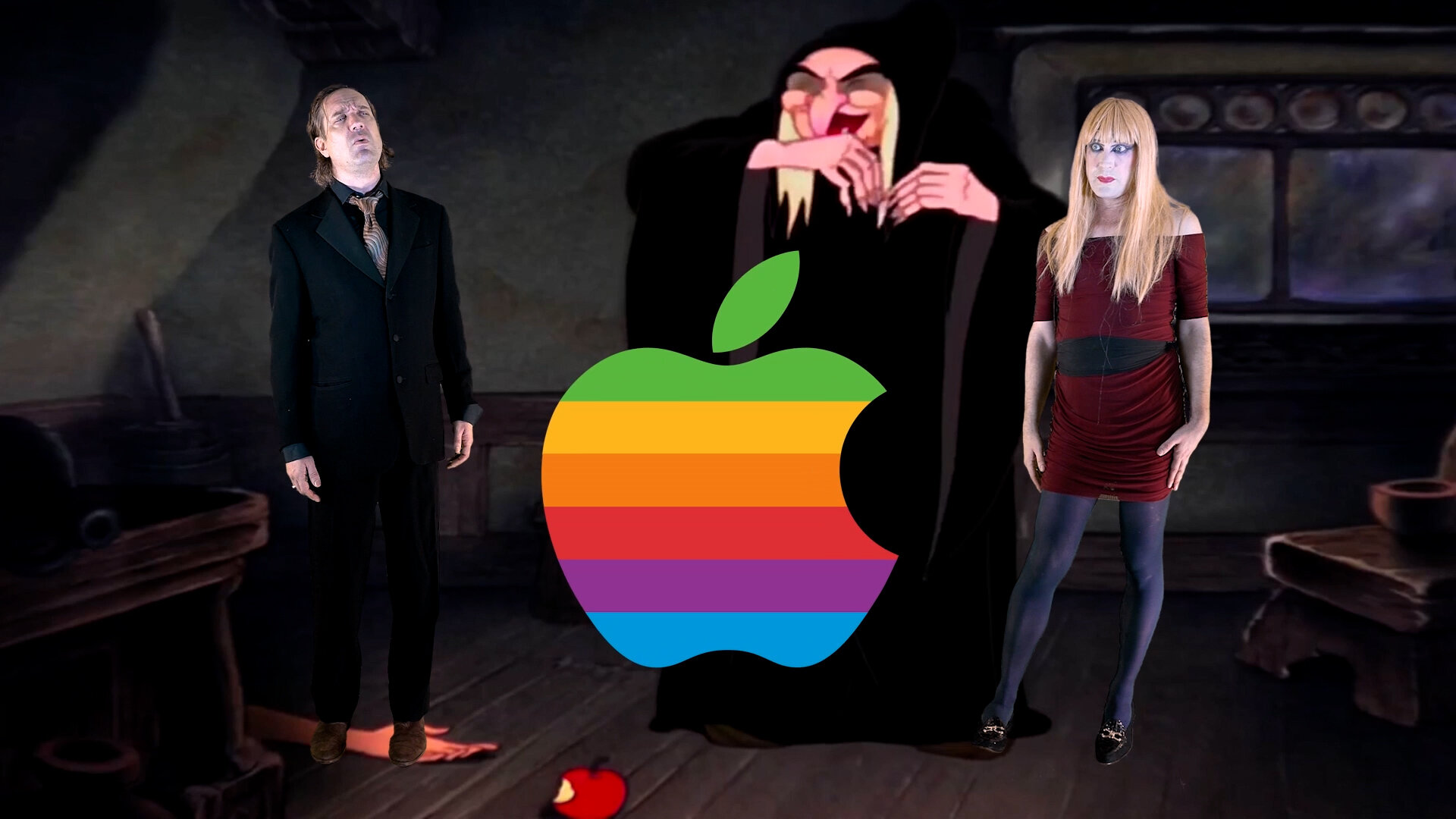


Chief curator: Sophie Lévy, Director and Curator of the Musée d’arts de Nantes.
Scientific curators: Pascal Rousseau, professor at the University of Paris I Panthéon-Sorbonne and at the École des Beaux-Arts in Paris, assisted by Louise Denis, art historian, and Jean-Rémi Touzet, curator in charge of the 19th century collections at the Musée d'arts de Nantes.
Performers: Emily Allan, Jean Brassard, Dominique Bousquet, Sarah de Burgh, Jim Fletcher, Jason Scott Henderson, Leah Hennessey, David Johansen, Joy Mattar, Ruby McCollister, E.J. O'Hara, Brandon Olson, Jack Oursler, Emilie Rochefort, Kate Valk, Samantina Zenon
Editing: Jack Colton
Props: Corey Riddell